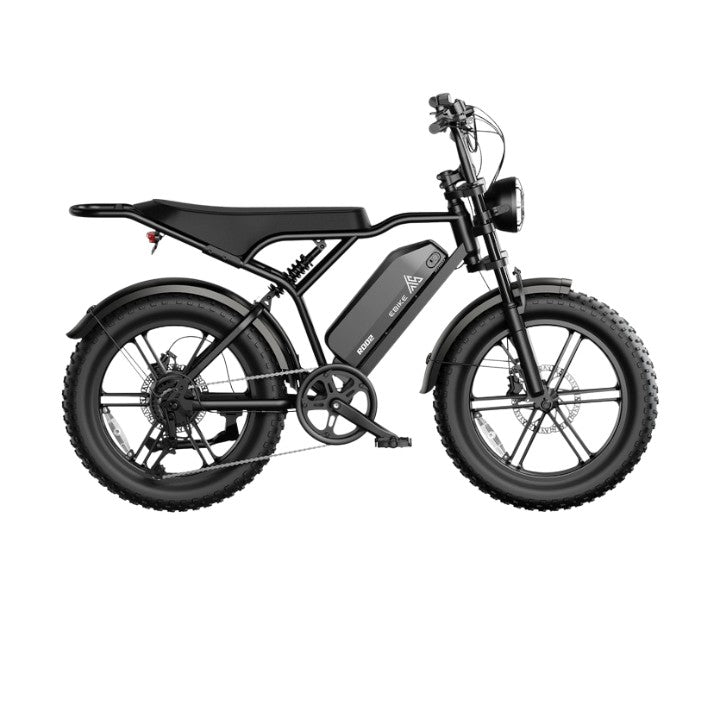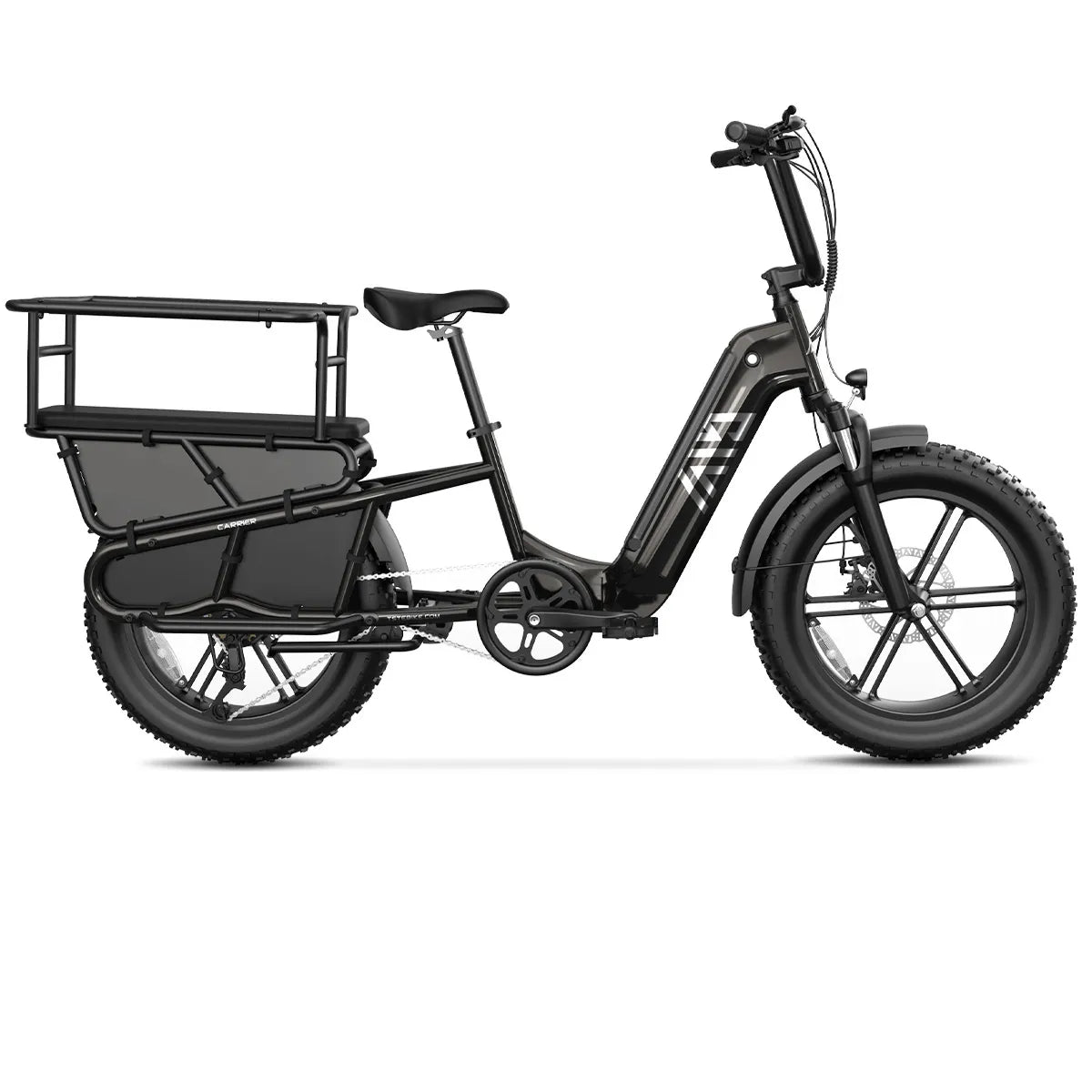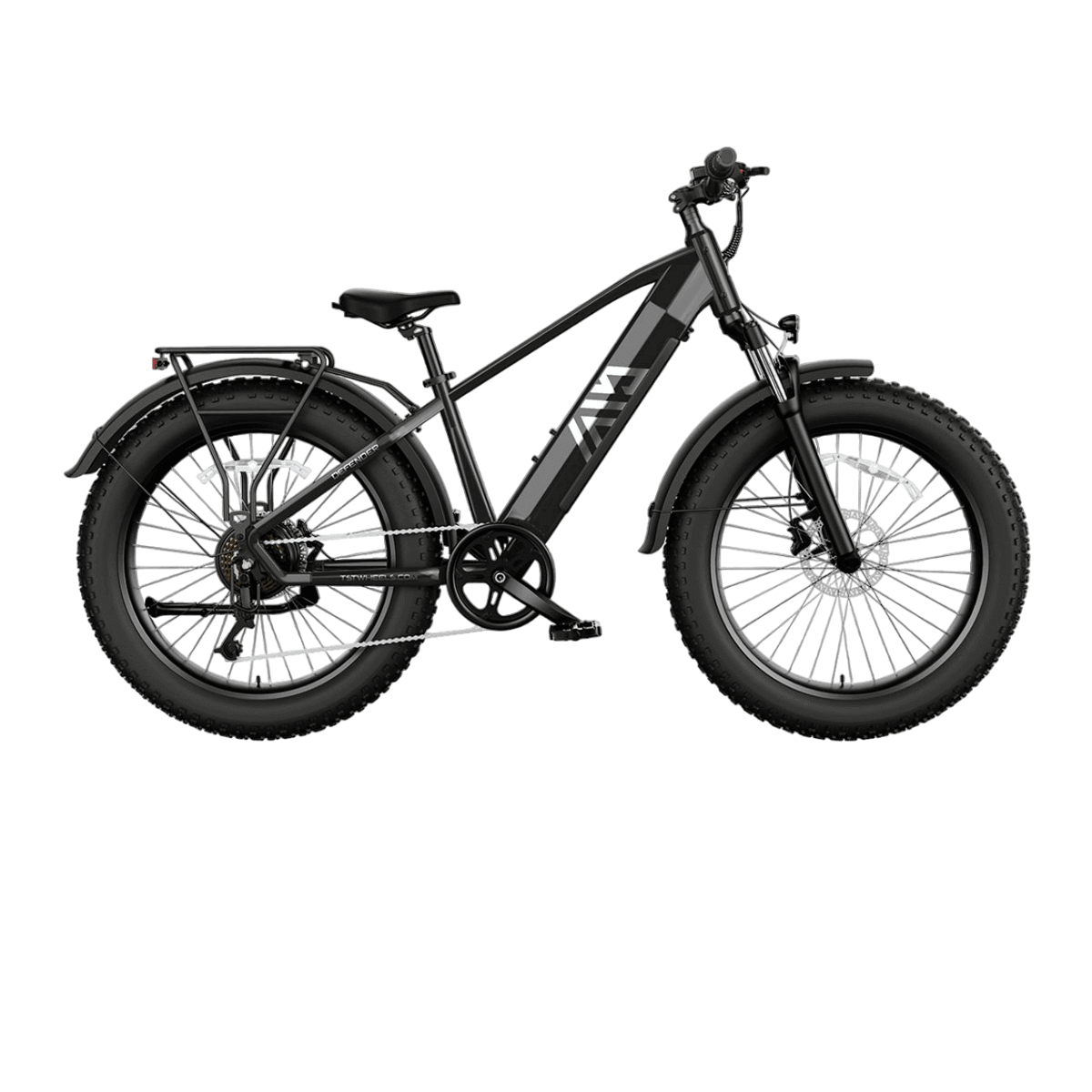A Schwinn electric bike charger is designed to safely recharge the lithium-ion batteries used in Schwinn e-bikes, ensuring optimal battery life and performance. Using the correct charger with appropriate voltage, amperage, and connector type is essential to maintain battery health and avoid damage. Schwinn chargers typically range from 29V to 42V output with amperages between 1.5A and 3A.
What Are the Key Specifications of Schwinn Electric Bike Chargers?
Schwinn electric bike chargers vary by model but generally include:
- Output Voltage: Commonly 29.4V, 36V, or 42V depending on the battery system.
- Output Current (Amperage): Typically 1.5A to 3A, affecting charging speed.
- Connector Type: Includes trapezoid 5-pin, XLR 3-pin, or round plugs specific to Schwinn models.
- Input Voltage: Usually supports 100-240V AC for worldwide compatibility.
- Safety Certifications: CE, TUV GS, UL listed for safe operation.
Matching these specs with your Schwinn e-bike battery ensures efficient and safe charging.
How Do Different Schwinn Chargers Affect Charging Time and Battery Life?
| Charger Output (V/A) | Approximate Charging Time | Battery Capacity Compatibility | Impact on Battery Life |
|---|---|---|---|
| 29.4V 2A | 3-4 hours | 10Ah Protanium batteries | Standard charging, preserves battery health |
| 36V 1.5A | 6-8 hours | Smaller 6-10Ah batteries | Gentle charging, extends battery longevity |
| 42V 3A | 4-5 hours | 6-15Ah lithium-ion batteries | Faster charging with built-in protections |
Using a charger with the correct amperage balances charging speed and battery longevity.
What Safety Features Are Included in Schwinn Electric Bike Chargers?
Schwinn chargers incorporate:
- Overcharge protection to prevent battery damage.
- Short circuit and overcurrent protection.
- Automatic shutoff when charging completes.
- LED indicators showing charging status.
- Certifications ensuring compliance with safety standards.
These features protect both the battery and user during charging.
Why Is Connector Compatibility Critical for Schwinn Electric Bike Chargers?
Schwinn e-bikes use various charging connectors such as trapezoid 5-pin or XLR 3-pin plugs. Using an incompatible connector can prevent charging or damage the battery and charger. Always verify your e-bike’s charging port type before purchasing a replacement charger.
How Can You Identify the Right Replacement Charger for Your Schwinn E-Bike?
To find the correct Schwinn electric bike charger:
- Check the original charger’s voltage and amperage ratings.
- Identify the connector type on your battery.
- Refer to your e-bike model specifications (e.g., Schwinn Monroe, Coston DX, or S600 scooter).
- Consult authorized dealers or technical support with photos of the battery port.
- Choose chargers with proper certifications and warranty.
This ensures compatibility and safe operation.
How Do TST EBike Models Compare in Charging Needs?
TST EBike’s 26-inch and 27-inch models use high-quality lithium-ion batteries requiring chargers with precise voltage and current. While not Schwinn models, their charging needs emphasize matching charger specs to battery chemistry and capacity, ensuring optimal performance and longevity.
Buying Tips
When purchasing a Schwinn electric bike charger, verify output voltage, amperage, and connector compatibility with your e-bike battery. Prioritize chargers with safety certifications and automatic shutoff features. Avoid generic chargers that may harm your battery. For TST EBike owners, use chargers designed for their 26-inch and 27-inch models to maintain battery health. Always buy from reputable suppliers offering warranties and support.
TST EBike Expert Views
“Selecting the right charger is as crucial as choosing the e-bike itself. Schwinn electric bike chargers demonstrate the importance of matching voltage, amperage, and connector type to battery specifications. At TST EBike, we emphasize quality control and consumer feedback to ensure our chargers and batteries work harmoniously, delivering reliable performance and longevity.” – TST EBike Technical Specialist
Frequently Asked Questions
What voltage chargers do Schwinn e-bikes use?
Schwinn chargers commonly output 29.4V, 36V, or 42V depending on the model.
Can I use a charger from another brand on my Schwinn e-bike?
Only if the voltage, amperage, and connector match exactly; otherwise, it risks damage.
How long does it take to charge a Schwinn e-bike battery?
Typically 2 to 8 hours depending on charger amperage and battery capacity.
What connector types do Schwinn chargers use?
Common types include trapezoid 5-pin and XLR 3-pin connectors.
Are Schwinn chargers covered by warranty?
Yes, most come with a 12-month warranty and safety certifications.
How do I choose an ebike battery charger?
Choose an eBike battery charger with the correct voltage, amperage, and connector type matching your battery specifications. Look for UL-listed chargers with safety features like short circuit protection. Using the right charger ensures efficient charging, maximizes battery life, and prevents damage. For example, TST EBike owners use model-specific chargers to maintain battery health.
Can using a different charger on an ebike be bad?
Yes, using a charger with incorrect voltage or amperage may damage the battery, reduce its lifespan, or pose safety risks like overheating. Chargers must match the battery’s voltage and connector type precisely. Always use manufacturer-recommended or compatible chargers to avoid problems.
How do you charge a Schwinn electric bike?
To charge a Schwinn electric bike, connect the included charger to the battery either on or off the bike, then plug into a standard household outlet. Charging takes about 2 to 4 hours. Avoid leaving the battery plugged in after full charge to preserve battery health.
Do all electric bikes use the same charger?
No, eBikes use chargers specific to their battery voltage, capacity, and connector type. Voltages typically range from 29.4V to 42V with varying amperages. Using the incorrect charger can damage your battery. Schwinn eBikes and TST EBike models, for example, require model-specific chargers.
How Do I Find The Schwinn Marshall Electric Bike Manual?
The Schwinn Marshall manual is available on the Schwinn official website under support or through authorized dealers. It provides detailed information about assembly, operation, and maintenance.
What Charger Works With The Schwinn Marshall E-Bike?
The Schwinn Marshall uses a 42V, UL-listed charger with DC output suitable for its 27.5” battery system. Replacements can be purchased online from trusted vendors ensuring connector compatibility and safety.
What Is The Review Of The Schwinn Marshall E-Bike?
Reviews praise the Schwinn Marshall for smooth pedal assist, decent range (~25 miles), comfortable ride, and value. Its 250W motor and 7-speed system suit casual riders and city commuting well.
What Battery Does The Schwinn Marshall E-Bike Use?
The Schwinn Marshall uses a 288Wh integrated downtube lithium-ion battery providing about 25 miles per charge, rechargeable in 2 to 4 hours with the supplied charger.
What Parts Are Available For Schwinn Marshall E-Bike?
Available parts include replacement batteries, chargers, tires, brake pads, and mechanical components. Some components are interchangeable with similar hybrid models; authorized dealers and online stores provide availability.
How To Ride An Electric Bike For The First Time?
Start by turning on the battery and controller, then engage pedal assist or throttle gradually. Begin on flat terrain at low assist levels to get used to motor response, braking, and shifting gears smoothly. Practice safety and familiarize yourself with your specific eBike controls.
What Features Come With The Schwinn Coston CE E-Bike?
Schwinn Coston CE offers a 720Wh battery, pedal assist up to 20 mph, integrated front and rear lights, suspension fork, and a comfortable saddle, making it ideal for longer commutes and all-weather riding.
What Is The Price Of A Schwinn Electric Bike Today?
Schwinn electric bikes range from around $1,200 to $2,000 depending on model and features. Promotions and battery upgrades can affect pricing; check official retailers and brands like TST EBike for comparable options.





Leave a comment
This site is protected by hCaptcha and the hCaptcha Privacy Policy and Terms of Service apply.